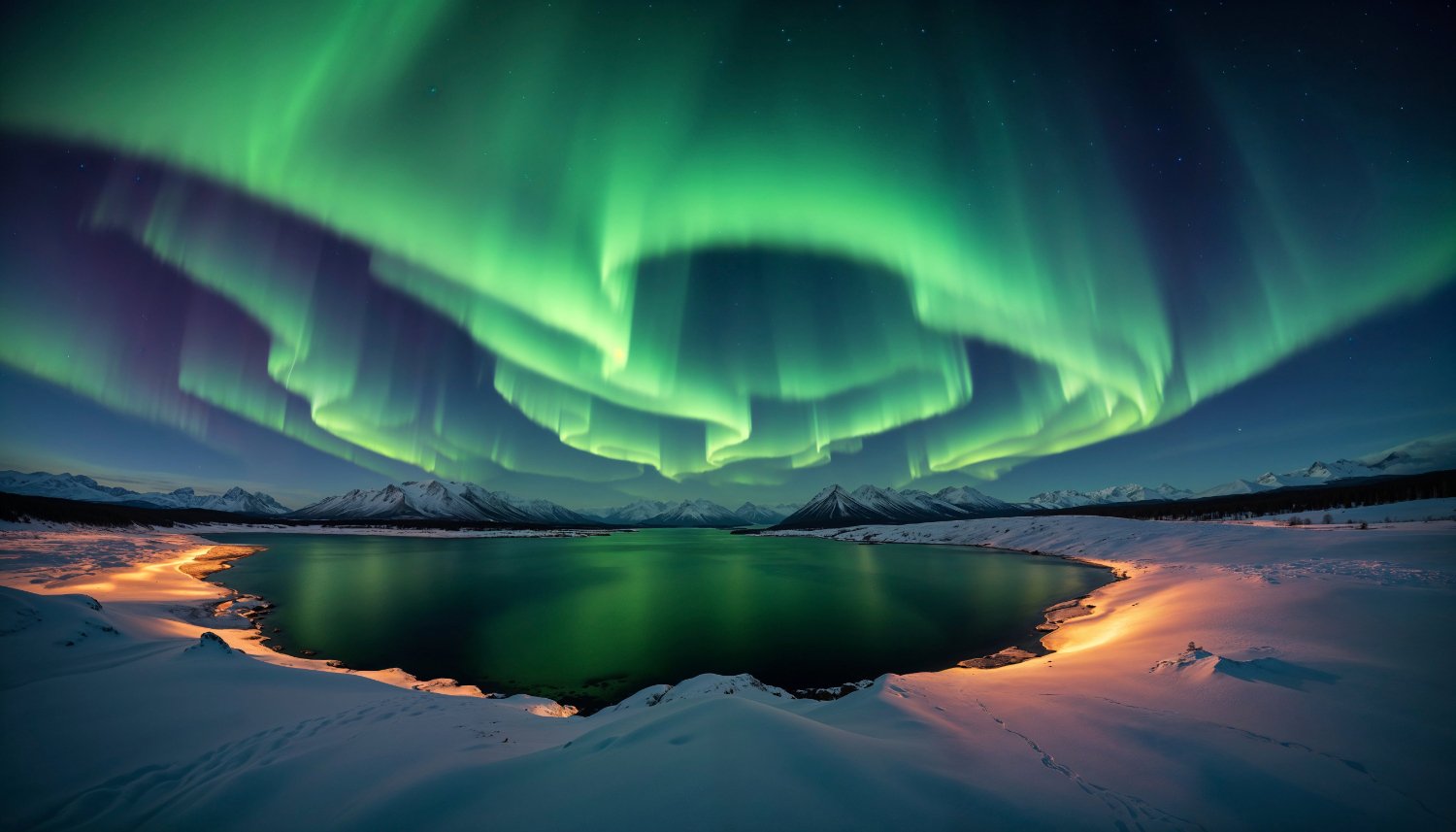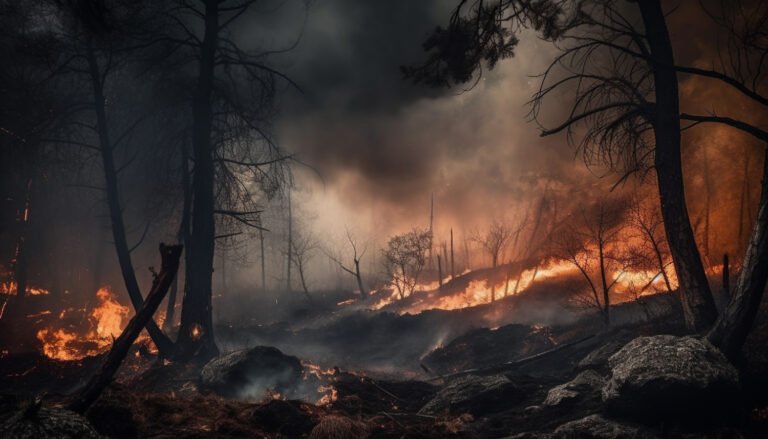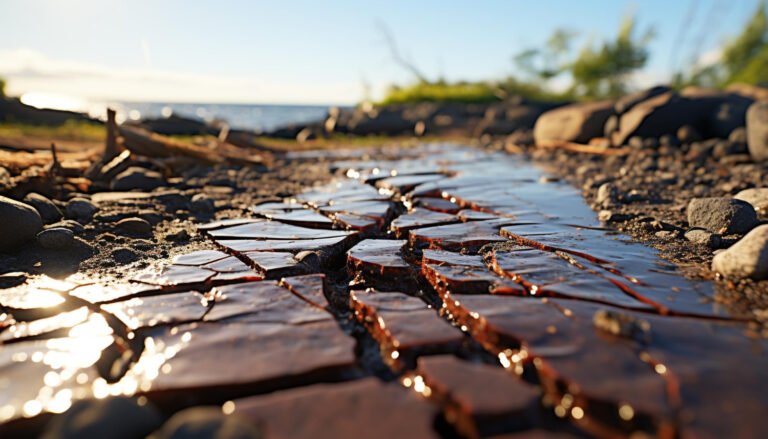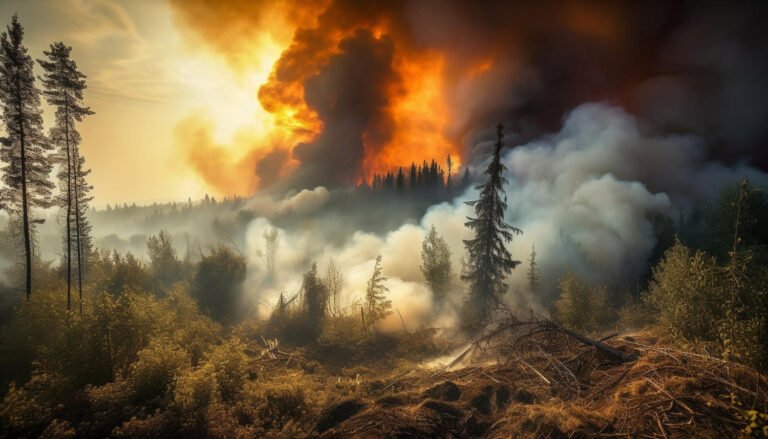Ancient Plant Remains Beneath Greenland’s Ice Sheet Reveal Past Melting Events and Implications for Future Sea-Level Rise
Recent analysis of sediment from a 2-mile-deep ice core in central Greenland have uncovered well-preserved plant remains, including willow wood, insect parts, fungi, and a poppy seed. These findings provide direct evidence that Greenland’s ice sheet completely melted during a warm period within the last million years, transforming the region into a tundra landscape. This historical precedent suggests that continued greenhouse gas emissions could lead to a similar melting event, resulting in approximately 23 feet of sea-level rise and posing significant risks to coastal cities worldwide.
Important Points
- Historical Melting Evidence: The discovery of ancient plant material beneath the ice indicates that Greenland’s ice sheet has previously undergone complete melting, leading to the development of a tundra ecosystem.
- Sea-Level Rise Implications: If the Greenland ice sheet were to melt entirely again, it could contribute approximately 23 feet to global sea levels, endangering major coastal cities.
- Climate Change Concerns: The study underscores the fragility of the Greenland ice sheet in response to warming temperatures, emphasizing the need for urgent action to reduce greenhouse gas emissions.
- Research Significance: This research provides unassailable evidence of past ice-free conditions in Greenland, offering critical insights into the potential future impacts of current climate trends.







